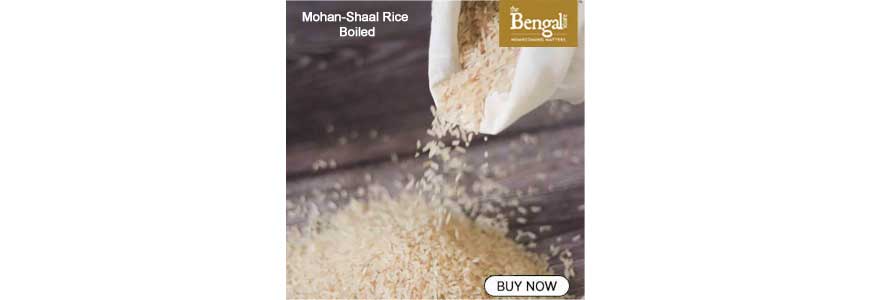Mahasweta Ghosh: First Indian woman to complete world’s toughest ultra-marathon across Sahara
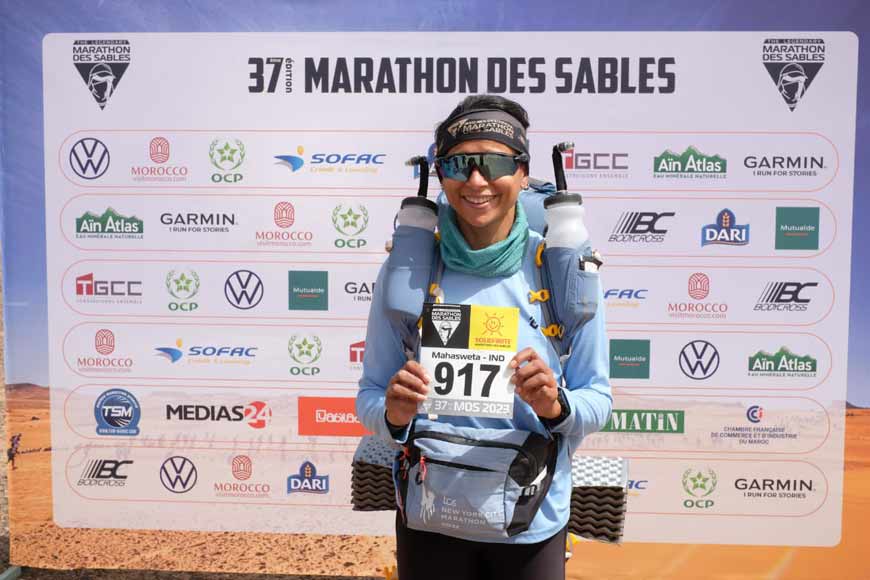
On May 1, International Labour Day, 44-year-old Mahasweta Ghosh became the only Indian female contestant to triumph over all odds and touch the finishing line of Marathon Des Sable (MDS), a six-day, 250-kilometer ultra-marathon that is believed to be the equivalent of six regular marathons. Also known as the Marathon of the Sands, it is one of the most challenging races in the world, with one of the highest rates of attrition.
In India, sprinting, especially marathon or long-distance running is yet to become a popular sport like football or cricket. This becomes more evident when we still drool over a couple of track and field sprinters like Milkha Singh or P.T. Usha, Hima Das and Dutee Chand, who came and made our country proud with their brilliant performances during their heyday and left a vast virgin field for other upcoming athletes to fill in, but alas! The wait for the interim period to end continues and the chasm in time keeps growing.
Amid this scenario, the meteoric rise of Mahasweta Ghosh in the world of sprinters stokes our optimism and bestows all Indians with an opportunity to celebrate. She now holds the distinction of being the sole Indian female participant who completed this arduous marathon just last month. But for someone who started her journey as an amateur runner a decade ago, to become the first Indian to successfully finish the Marathon Des Sables (MDS), Ghosh’s life has come a long way. Holding a full-time job as Director of Marketing at FirstsourceSolutions Limited, an Indian business process management company, Ghosh is an endurance runner, a fitness coach and an avid traveler, all wrapped in one.
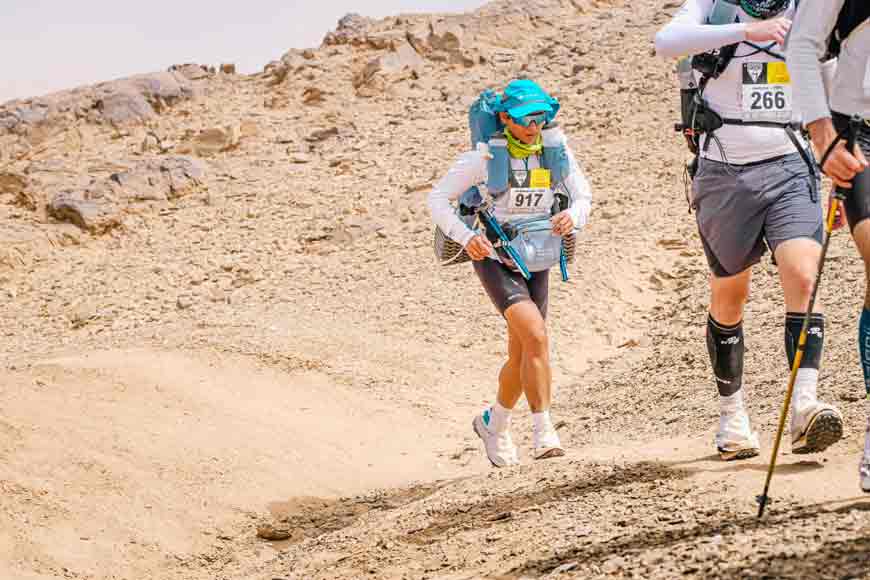
While marathons themselves are sporting events that require tons of endurance, ultra-marathon takes it all to a whole new level altogether. An ultra-marathon is an event that involves running for a distance greater than the traditional full marathon 42.195 kilometers in length. It may also involve covering as much distance as possible within a set time. Not many in our country outside the athletic fraternity are aware of the six-day 250 km (160 miles)-long Marathon des Sables, or MdS, (French for Marathon of the Sands, also known as Sahara Marathon), which is approximately the distance of six regular marathons. This multiday race is held every year in southern Morocco, in the Sahara Desert. Regarded as one of the toughest foot races on Earth, the marathon was the brainchild of French concert promoter Patrick Bauer who in 1984 traversed the Sahara desert on foot and alone. He covered 350 km (214 mi) in 12 days without encountering a single oasis or desert community along the way. Two years later in 1986, the first Marathon des Sables was run.
Ghosh’s foray into the world of marathons is an interesting tale in itself. The unassuming girl from the industrial town of Bengal, Durgapur, was like most other ordinary Bengali kids. She was encouraged to read books from her childhood and as she grew up, this hobby took precedence over everything else. “I had simply nothing to do with sports. In fact, throughout my school days, my physical education instructors would often complain to my parents during Parent-Teacher meetings (PTM) that I was always reluctant to participate in any sporting event,” chuckles Ghosh as she relates the incident.
But then, how did all that change? Back home from Merzouga Dune in Morocco after completing the grueling 37th edition of the iconic Marathon des Sables, Ghosh is currently recovering and gearing up to participate in the next marathon soon. She shares her long adventurous story in a tête-à-tête with Get Bengal.
While marathons themselves are sporting events that require tons of endurance, ultra-marathon takes it all to a whole new level altogether. An ultra-marathon is an event that involves running for a distance greater than the traditional full marathon 42.195 kilometers in length. It may also involve covering as much distance as possible within a set time. Not many in our country outside the athletic fraternity are aware of the six-day 250 km (160 miles)-long Marathon des Sables, or MdS, (French for Marathon of the Sands, also known as Sahara Marathon), which is approximately the distance of six regular marathons. This multiday race is held every year in southern Morocco, in the Sahara Desert.
After school, Ghosh went to Bengaluru for a degree course in telecom engineering followed by MBA from Christ University. “During my college days, I was leading the unhealthiest lifestyles: binge eating, skipping meals, sleeping late and without realizing, I was putting on weight steadily. My life was thrown out of gear when I started having health issues and one day, when I opened my wardrobe and realized none of the apparels fitted me I was aghast and could not face myself in the mirror. I was obese by then and my weight was 85 kgs! I knew I had major issues that I desperately needed to fix. I enrolled myself in a gym and started exercising. My mother came from Durgapur and was there beside me for months, preparing healthy meals for me, and motivating me constantly during my low phases to keep me on track.”
Gradually, she started enjoying her fitness regime and it turned into a passion for her. In 2012, one of her friends encouraged her to take up running, which she also realized, would help her shed weight faster and she followed the suggestion. Meanwhile, a half marathon event was going to be held in the city and her friend coaxed her to participate in the event. “I had a podium finish and received a medal. That boosted my morale and I decided to pursue running seriously. That’s how my love affair with sprinting began,” says Ghosh. Since then, Mahasweta has run over 50 races, including marathons both within India and overseas. “I have completed over 50+ races, including 3 world majors, international marathons including Chicago, New York and Boston, ultra, and trail runs (a 75km desert run in Pokhran) in 2019 and a 100km solo run during the pandemic,” Mahasweta says enthusiastically.
It was the 2019 Netflix sports documentary series, ‘Losers,’ that inspired Mahasweta to brave the brutal Sahara desert. The fifth episode in that series was on Italian Olympian Mauro Prosperi, whose attempt to finish the MdS race in the arid Moroccan landscape turned into a nightmarish battle for survival after a sandstorm took him off course.
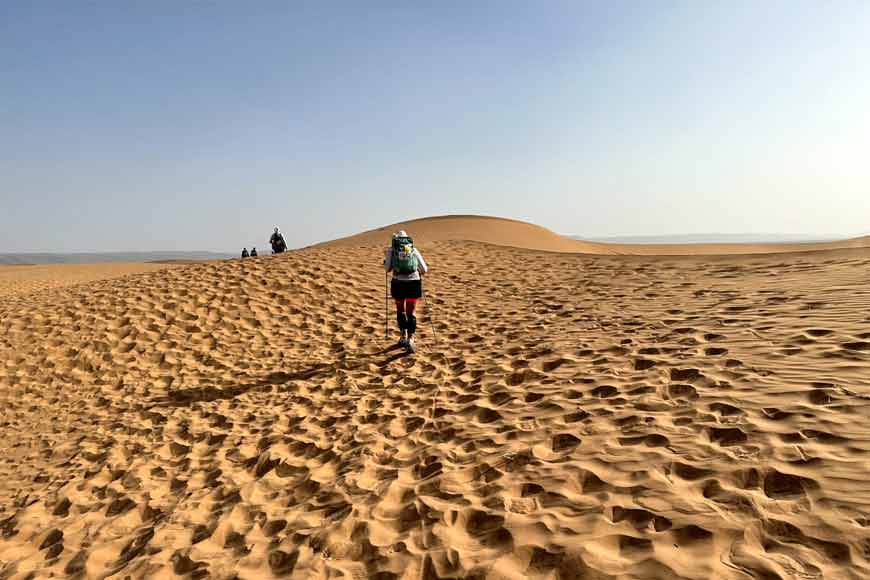
The Marathon des Sables is a truly insane event made for people who want to push the boundaries and test themselves. It is for a valid reason that the race has earned its title as the toughest footrace in the world. The amount of effort and leg strength required to successfully complete the six-day journey across the desert is one of the main reasons why most sprinters choose to avoid it. The heat creeps into the body. A fever of 45 degrees is enough to kill a healthy person – and in this marathon, the participants have to walk in temperatures of 50 degrees and above. The painful, grueling odyssey across a barren wasteland that is over 150 miles is its own special brand of cruelty. The terrain of the Sahara desert is also unrelenting, with rocky mountains, intense sandstorms and miles of high sandy dunes. Says Ghosh,“The mountains are rocky and sandy at the same time. They are at an elevation of 700 metres. While climbing up, you face the risk of sliding down, as the base is loose sand. Then, there are the sand dunes, which are tricky and strenuous to climb, because it is soft ground, and you don’t gain as much distance as you think you are gaining... that can be psychologically challenging. Not to mention, the sand can get really hot. Even the flat surfaces have rocky terrain, with small, pointy and sharp rocks created due to sand erosion. One runs the risk of bursting their shoe in such conditions.”
There is no network or connectivity in MdS. Thus each participant must be self-sufficient and there are no race crews and no human contact. Participants have to carry their food and race supplies, including sleeping surfaces, stoves, clothes, and everything they may need throughout the 7-day race. Each participant is given only 12 litres of water per day. There are no showers, so the sprinter has to run the entire course covered in sand. There are no flushing toilets. And one has to spend the nights under uncomfortable sleeping conditions in communal goats-hair Berber tents with no closed sides to protect from the desert winds. The threat of surprise visits from venomous snakes or scorpions loom.
Mahasweta’s bag-pack weighed 11.5 kgs and she carried oats, nutri-bars, and dehydrated-rich lentils to keep her going during the race. The race was flagged off on April 23. The race is split into six stages, one has to qualify for each stage, before moving to the next and the last one is a charity run. For the first three days, the sprinters had to clock an average of 40 km. Day 4 is the longest, where participants had to cover a 90 km stretch with a 36-hour cutoff. In 2009, the Solidarité Marathon des Sables association was created with a mission to assist children and disadvantaged populations in the areas of health, education, and sustainable development in Morocco. Additionally, many participants run the race to raise money for a personal cause including raising money for a school, a charitable organization, or bringing awareness to a disease.
The Marathon des Sables is a truly insane event made for people who want to push the boundaries and test themselves. It is for a valid reason that the race has earned its title as the toughest footrace in the world. The amount of effort and leg strength required to successfully complete the six-day journey across the desert is one of the main reasons why most sprinters choose to avoid it. The heat creeps into the body. A fever of 45 degrees is enough to kill a healthy person – and in this marathon, the participants have to walk in temperatures of 50 degrees and above. The painful, grueling odyssey across a barren wasteland that is over 150 miles is its own special brand of cruelty. The terrain of the Sahara desert is also unrelenting, with rocky mountains, intense sandstorms and miles of high sandy dunes. Says Ghosh,“The mountains are rocky and sandy at the same time. They are at an elevation of 700 metres. While climbing up, you face the risk of sliding down, as the base is loose sand.
The night run under a starless sky with only the headlamp providing enough light to read the compass and not a sound in the vast wasteland, it is unnerving indeed. “When running in the night, one has to be very cautious, because you can lose your way. While the route is well marked, and thanks to technology, everyone is being tracked live, it can be distressing,” says Ghosh, “It is very dark, and it feels like you are running in a vacuum. You do not hear a thing, not even the crawling insects. I remember listening to music, so that I didn’t get engulfed in that void.”
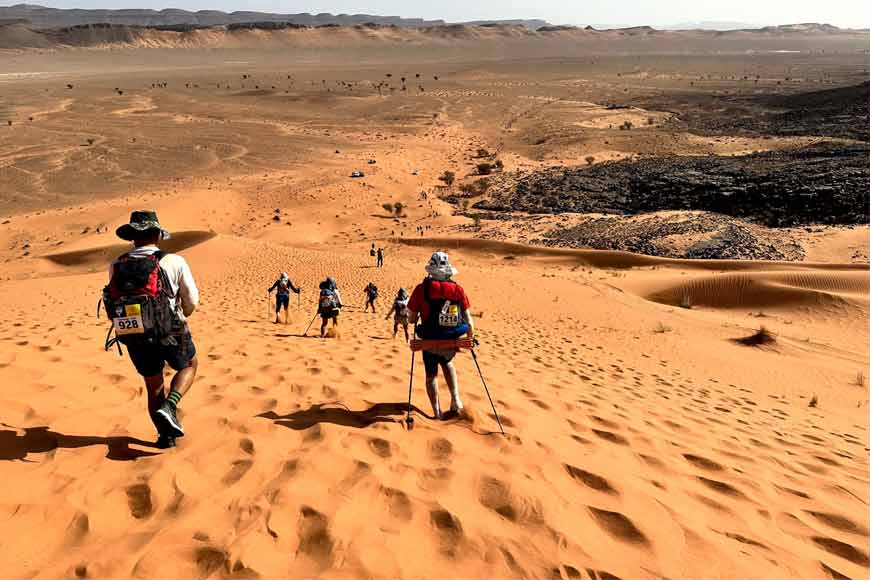
Ghosh had exhausted the food that she was carrying with her and had to literally starve for half of the run. The intense heat this year resulted in heat stroke, exhaustion, and the second-highest dropout rate in the 37-year history of the race—30 per cent. Around 1,085 started the race on stage 1, and after completing the charity (last) stage, 764 were confirmed finishers. But despite all odds, when she finally reached the campsite, it was a happy moment for her. “Training for such conditions is not restricted to the body; the mind needs to be unbroken along with the body, which battles heat, blisters, and more. The MdS tests one’s resilience and tends to make one focus on the positives and pushes forward and helps grow as a person overall,” she says.
When Mahasweta Ghosh started her racing career, her parents were skeptical and did not encourage her new-found mission in life. But now after her winning spree, she has been able to garner their support and hopes to bring many other aspirants into her fold. A thoroughly positive person, Mahasweta is an inspiration for all indeed.








